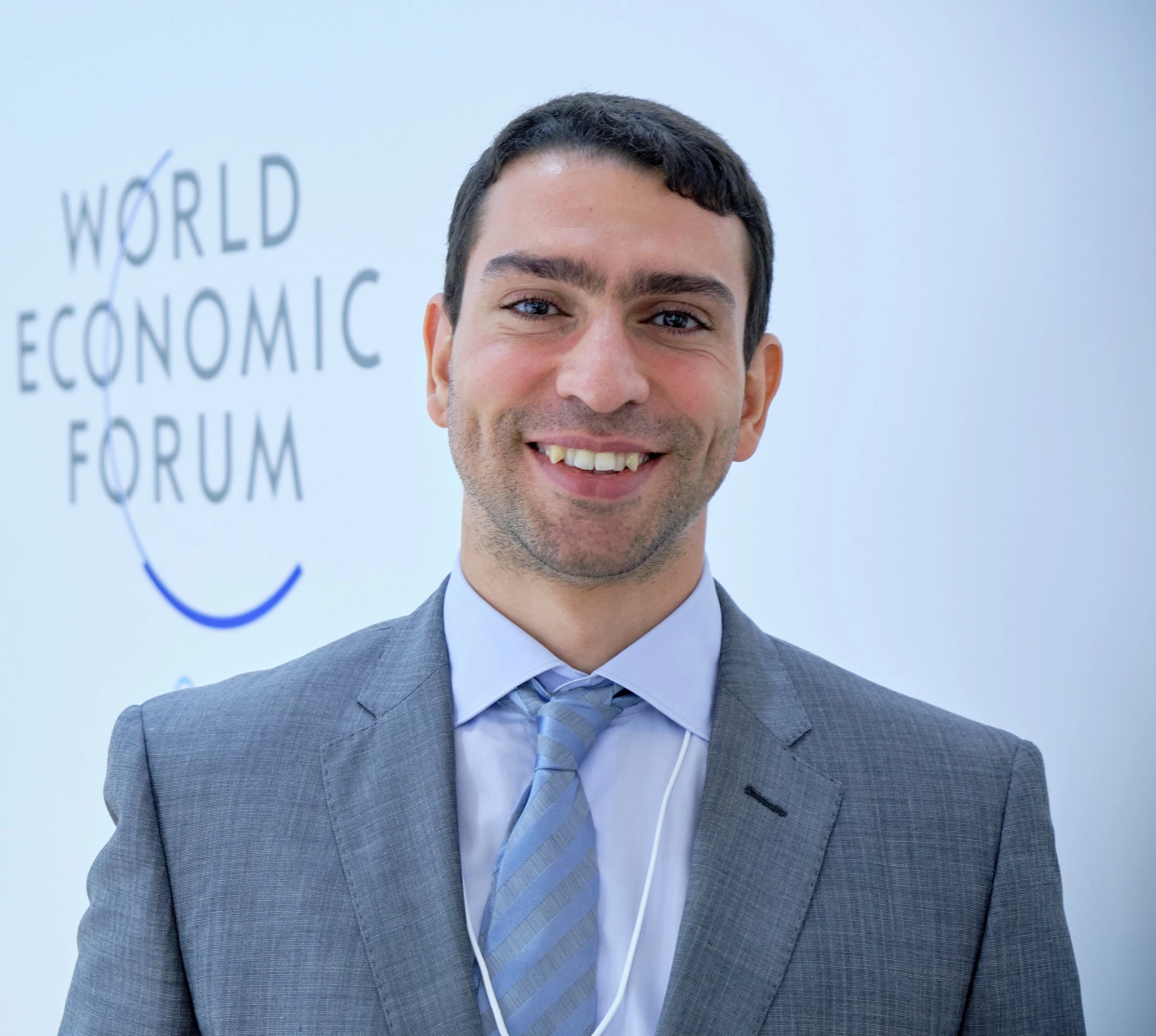 المعلمون يضعون مقاعد على حديقة السطح ويستخدمونها كمساحة تعليمية في الهواء الطلق.
المعلمون يضعون مقاعد على حديقة السطح ويستخدمونها كمساحة تعليمية في الهواء الطلق.
The world is confronted with serious environmental problems that demand global collective action. These challenges, in addition to some forces of the fourth industrial revolution, may also contribute to the aggravation of inequality and weakening social cohesion. Amid all this, there is constant pressure from civil society for action to address these issues.
Shagara, an interdisciplinary green design studio, decided to take the lead and integrate shared value in its strategy and came up with a project that acts on two key issues: climate change and overcrowded classrooms that obstruct the quality of education in Egypt.
Egyptian public schools, specifically in highly populated areas, always experience overcrowded classrooms. Initially designed to handle 25-30 students, classrooms can end up accommodating up to 120, even though many schools operate morning and evening shifts.
The high number of students inhibits their learning abilities and creativity. As space becomes tighter, noise and class humidity increase. Moreover, a crowded class environment may promote aggression and tension. These issues are not only limited to students. Teachers find it particularly challenging to teach in such conditions and complain of energy drain. They are also incapable of dedicating the attention required to each student to ensure an adequate educational experience and encourage critical and creative thinking.
The issue of crowded classrooms has been accumulating for several decades, and it is not only budget constraints that prevent the construction of more schools. In most cases there are is no land available in the affected communities to build additional classroom space.
It may seem that there are no available areas that can be turned into classrooms; however, with innovative approaches, many schools have relatively large areas readily available. This neglected asset is the rooftops.
With some modifications, flat rooftops can be converted into outdoor “Green Roof Classrooms.” Classes can take place on pergola-like structures with solar panels acting as sheds. To improve the experience, vegetation can also be added to introduce additional biophilic elements to the design. They are also necessary for improving the micro-climate. Finally, for safety considerations, the rooftop parapet can be raised to 1.2 to 1.5 meters.
Green Roof Classroom study model. This design is originally motivated by Shagara’s earlier work with schools, that aimed to install rooftop farms to be used in gardening activities.
This design is originally motivated by Shagara’s earlier work with schools, that aimed to install rooftop farms to be used in gardening activities.
Unlike traditional Corporate Social Responsibility (CSR) activities, the Green Roof Classrooms initiative attempts to develop a business model that creates shared value to appeal more to the private sector.
IKEA, the Swedish ready-to-assemble furniture company, has intervened through co-designing the Green Roof Classroom with Shagara, providing carpentry work and outdoor furniture. The pergola was also built through reclaimed wood from IKEA’s store. On the other hand, Oriflame, the Swedish cosmetics company, is planning to employ the Green Roof Classroom space to provide women’s empowerment activities for parents. These activities which are related to each company’s business can help increase the brand’s exposure, provide better publicity, and motivate their employees.
The first Green Roof Classroom was built in December 2019 with the help of Swedish Embassy in Cairo and the Swedish business community namely Oriflamme and Ikea companies.
Shagara has also managed to earn the support of the Egyptian Ministry of Education through working with the General Authority for Educational Buildings on the codes and safety measures required to implement the project.
Green Roof Classrooms have the potential to improve the educational environment by reducing overcrowded classrooms. More classroom areas mean more space for students, putting less stress on current ones, and alleviating high student density and its related problems. Moreover, research demonstrates that being outside can dramatically boost student learning, innovation, and critical thinking ability, specifically when augmenting the rooftop with vegetation and other biophilic elements. It can also reduce stress and aggressive behaviour. These benefits are not only limited to the students; they extend to teachers too.
The Egyptian Ministry of Environment has also joined and provided vegetation. The project uses succulents, plants with low water footprint that are more suited to dry environments. The green roof can offset carbon emissions and air pollution, reduce the heat island effect, and improve the microclimate, besides providing a natural habitat for wildlife. Further, if solar panels are added, it can also provide clean electricity and increase students’ awareness of environmental matters.
The Green Roof Classrooms project is also a good example of how the private sector can consider societal and economic challenges and a move toward a greater adoption of the stakeholder approach in concluding business. With students returning to schools amid COVID-19, this intervention is even more critical.




Join the Conversation